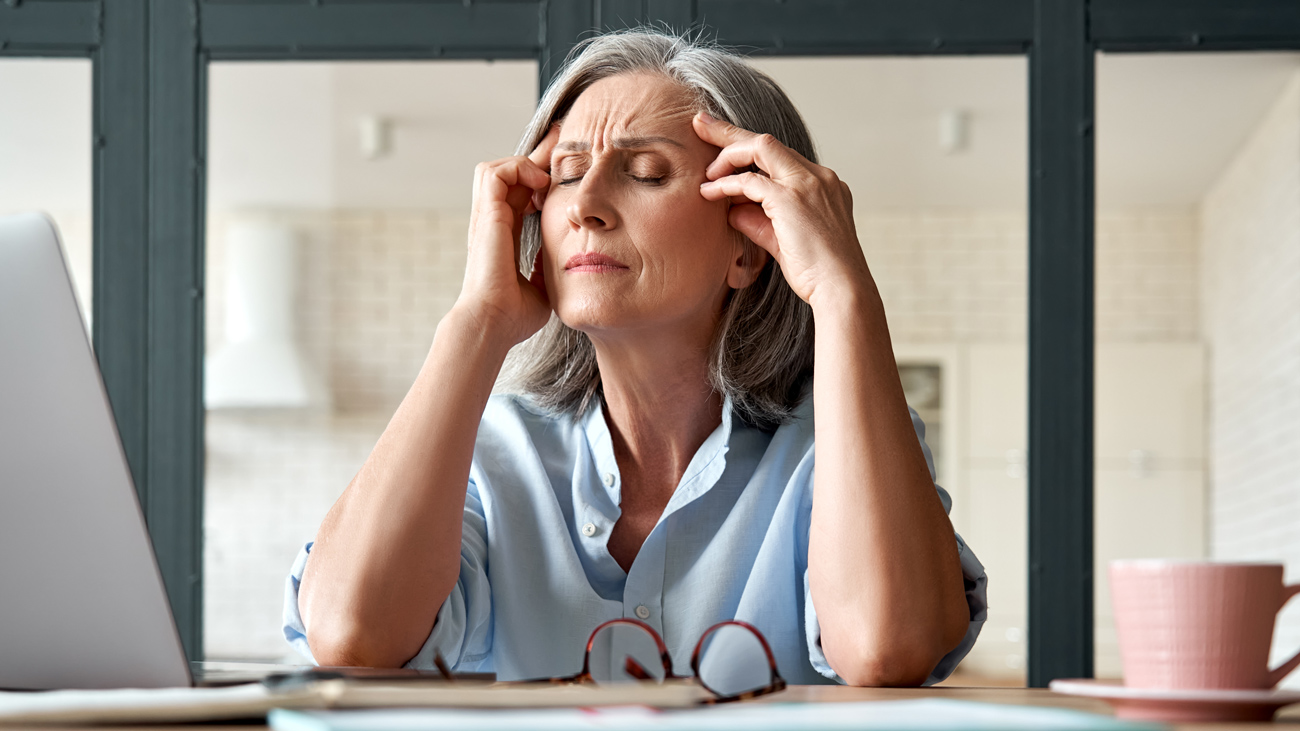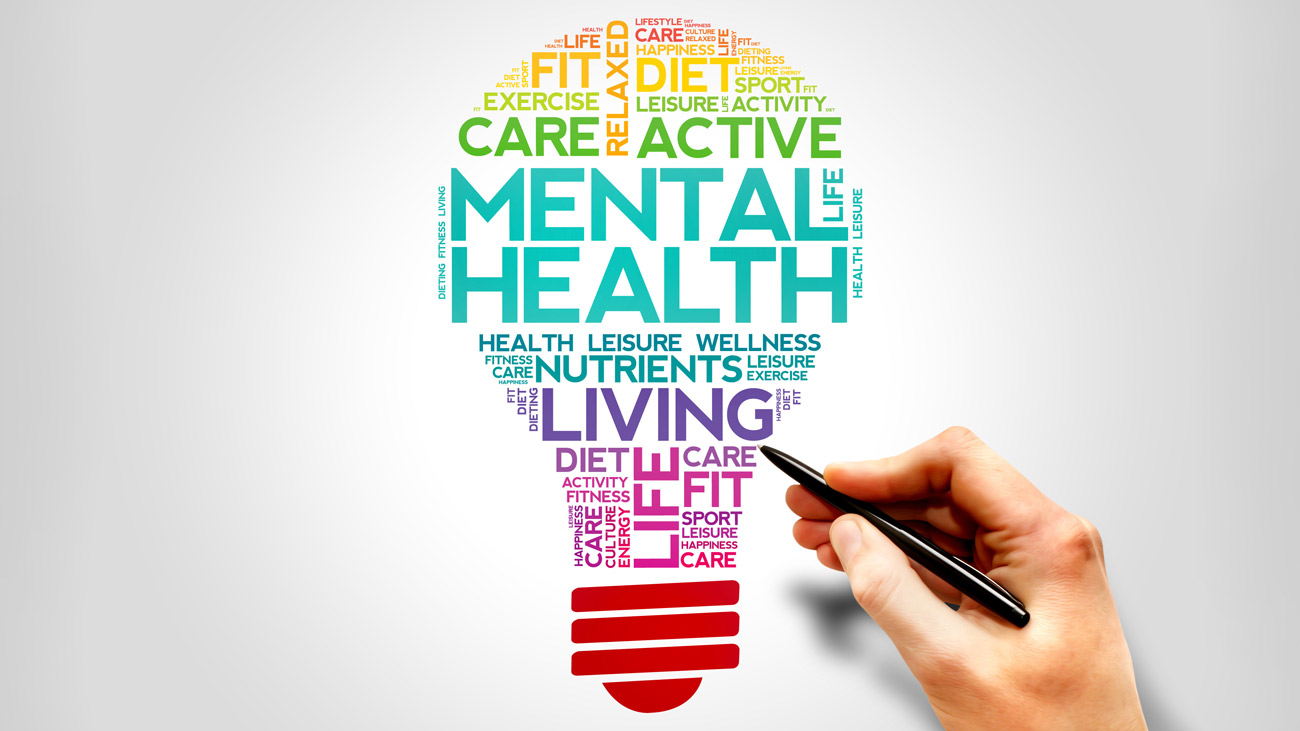
MPs to face scrutiny on menopause and the workplace
The Women and Equalities Committee will scrutinise the Women’s and Health Minister Maria Caulfield, and Work and Pensions Minister Mims Davies in a session following-up on the government’s response to the Committee’s menopause and the workplace report.
The session is an opportunity for MPs to assess whether the situation has improved since its report and scrutinise any action taken to date. Joining the Ministers on the witness panel is Menopause Employment Champion, Helen Tomlinson.
Issues likely to be discussed include:
- Shortages in the supply of Hormonal Therapy Treatment (HRT) medication and the roll-out of the pre-payment certificate.
- Support for women in the workplace and their employers.
- Raising awareness of women's health and the menopause.
Published in July 2022, the Committee’s report called out the lack of employer support available for women with menopausal symptoms, which pushes skilled and experienced women out of work. Of the 12 recommendations put forward in the report, the government accepted just one. Committee Chair, Caroline Nokes MP, described the government’s progress on reform as “glacial” and its response “complacent”.
Last month new guidance designed to help organisations support employees experiencing menopause or menstruation and better enable them to retain experienced and talented people of all ages was published by BSI.
The Workplace Standard (BS 30416) sets out practical recommendations for workplace adjustments, as well as strategies to sit alongside existing wellbeing initiatives, to help organisations meet the needs of employees experiencing menopause or menstruation.
The Standard aims to provide examples of good practices for employers, including policy guidance, work design, workplace culture, and physical aspects of work. Steps to consider include:
- Considering the workplace culture to determine whether there is a general awareness of menstruation and menopause and whether employees are given opportunities for open conversations or to request support.
- Looking at whether line managers and HR managers are suitably trained or receive suitable resources to understand the potential impact of menstruation and menopause.
- Reviewing if the workplace environment is properly controlled and if there are facilities such as toilets or discrete changing rooms, or quiet recovery spaces easily accessible.
- Checking whether the relevant policies (wellbeing, D&I, performance management, sickness and absences, flexible working, etc.) consider menstruation and menopause.
- Looking at whether work designs enable some flexibility for an individual approach. Aspects could include scheduling, timings of breaks, comfort adjustments such as access to individual cooling or heating, and opportunities for sitting or stretching.
The guidance is designed to be flexible, acknowledging that experiences of menstruation and menopause vary significantly and not everyone will want support from their employers.
Anne Hayes, Director of Sectors, BSI, said:
“I am proud BSI is publishing this landmark guidance on menstruation, menstrual health and menopause in the workplace, to help employers retain talented people whatever stage of life they are in. Organisations which prioritise their people by building an inclusive workplace will be best placed to continue to thrive in the future. There is no one-size-fits-all experience of menopause, but the data suggests thousands of women are leaving the workforce at this stage, contributing to significant productivity losses, robbing organisations of talented people, and removing mentors who can draw on their experience to support newer members of staff. It doesn’t have to be that way.
“Many employers want to better support people experiencing menstruation and menopause, but they may face a lack of knowledge of how to do so. The recommendations are designed to address some of the broad challenges and offer practical adjustments to help all colleagues continue to feel valued, motivated and able to remain in the workforce for longer.”
It's recognised that thousands of women are leaving work due to the menopause, but research shows that being in work is generally good for people’s health and wellbeing, and being out of work is detrimental to it.
A study in 2006 concluded:
“There is a strong evidence base showing that work is generally good for physical and mental health and wellbeing. Worklessness is associated with poorer physical and mental health and wellbeing. Work can be therapeutic and can reverse the adverse health effects of unemployment. That is true for healthy people of working age, for many disabled people, for most people with common health problems and for social security beneficiaries. The provisos are that account must be taken of the nature and quality of work and its social context; jobs should be safe and accommodating. Overall, the beneficial effects of work outweigh the risks of work and are greater than the harmful effects of long-term unemployment or prolonged sickness absence. Work is generally good for health and wellbeing.”
International Workplace’s guide for managers on wellbeing in the workplace discusses the issue in more depth. IOSH Managing Occupational Health and Wellbeing covers:
- Ergonomics, demographics and types of working.
- Giving employees the knowledge and skills to identify wellbeing issues, and to act on them.
- Work-related health issues – such as how to deal with employees living with cancer, long-term diseases, mobility issues and poor mental health.
- Understanding that an employer’s duty of care extends beyond health and safety, to employee wellbeing.






